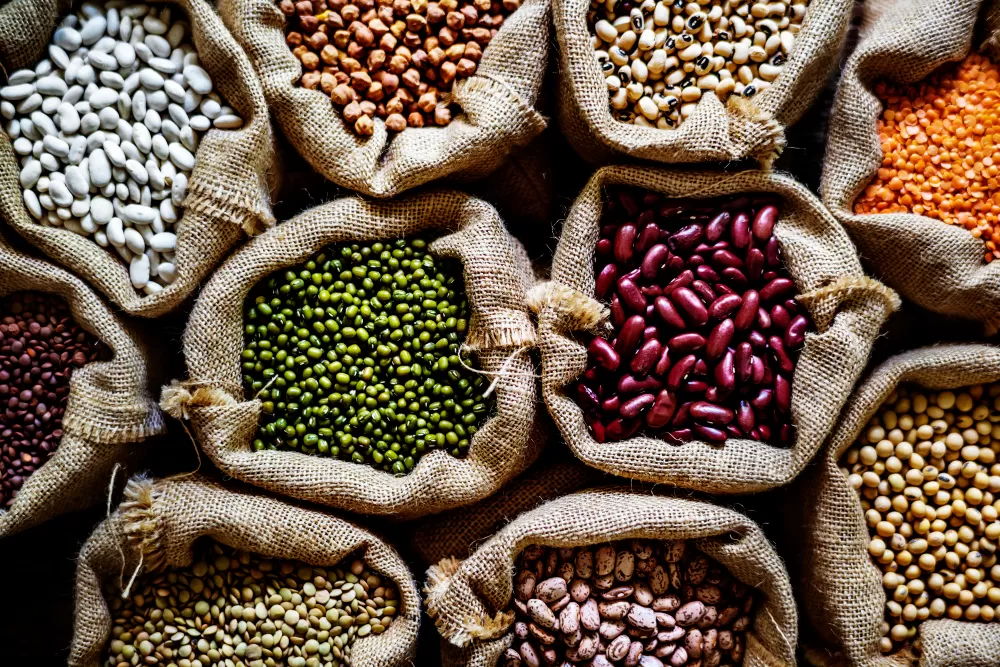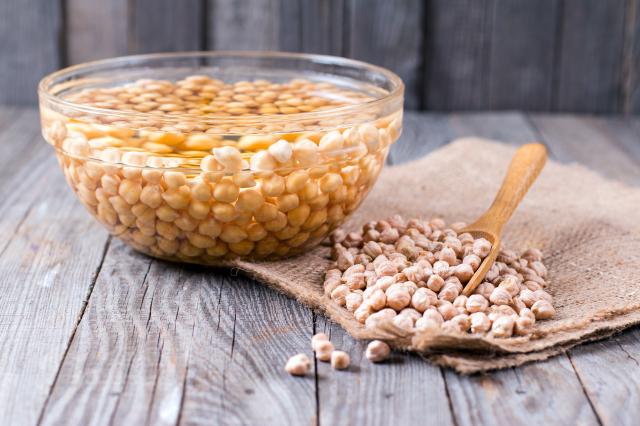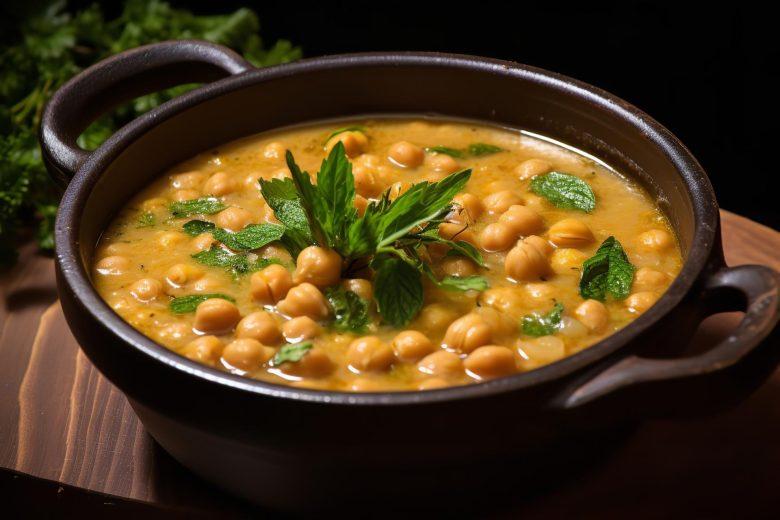Three Tricks to Cook Legumes Without Causing Gas

Learn smart ways to prepare chickpeas, beans and lentils for easier and more comfortable digestion. May 18, 2025
Beans, lentils, and chickpeas are some of the most budget-friendly, beautiful, and nutritious ingredients out there. They’re rich in fiber, plant-based protein, and essential nutrients — and they’re endlessly versatile in the kitchen. No wonder they’re a staple in so many healthy recipes.
But let’s be honest: as wonderful as legumes are, they have a notorious downside — they can cause gas and bloating. This uncomfortable side effect is often enough to make people avoid them altogether, especially if they’ve had bad experiences in the past.
Here’s the good news: you don’t need to give up on legumes just to avoid tummy trouble. With the right cooking techniques, you can dramatically reduce the gas-producing effects of beans, lentils, and chickpeas — and make them much easier to digest.
The truth is, our bodies digest legumes differently as we age, and heavy recipes full of spices or fat can make digestion even harder. But science (and traditional kitchen wisdom) both agree: there are proven ways to cook legumes that make them lighter, gentler, and easier on your digestive system.
So, is it really possible to enjoy legumes without the discomfort? Yes — and we’ll show you how.

Where Does the Gas in Legumes Come From?
Gas forms because legumes are packed with complex carbohydrates. These carbs aren’t broken down by our digestive system — it simply can’t split them into smaller sugar particles. So, when they reach the large intestine, they become a feast for the friendly bacteria living there.
This process actually has a bright side: it helps strengthen our gut microbiome, which is essential for good health. But the downside? The fermentation caused by these bacteria produces gas, leading to that all-too-familiar flatulence.
How to Avoid Gas After Eating Legumes
There are plenty of ways to keep gas at bay after enjoying legumes. Some have to do with how you prepare them, others with how you eat them, and even the foods you pair them with.
Here are three simple and effective strategies:
1. Soak Legumes Overnight: Soaking legumes in water for several hours (changing the water occasionally) helps hydrate them and reduces certain compounds called oligosaccharides — naturally present in legumes. The longer they soak, the more these substances are released.
Nutritionist Mirelle Vossington points out that “soaking beans for 8 to 12 hours and changing the water before cooking helps reduce phytates, compounds that can interfere with nutrient absorption and cause stomach discomfort like indigestion and bloating.” Soaking not only improves digestion but also boosts the nutritional benefits of legumes.

2. Try Different Recipes: Some discomfort comes from the tough skins of legumes, which are rich in carbohydrates. Preparing legumes in the form of purees, creamy soups or spreads breaks down these shells, making them easier to digest and reducing gas production.

3. Chew Your Food Well: Eating slowly offers two key benefits. First, you swallow less air, which cuts down on gas. Second, thorough chewing breaks down food better, helping digestion and preventing bloating.

You may also like and want to know more about: “Why Dark Leafy Greens Are Your Gut’s Best Friend”

